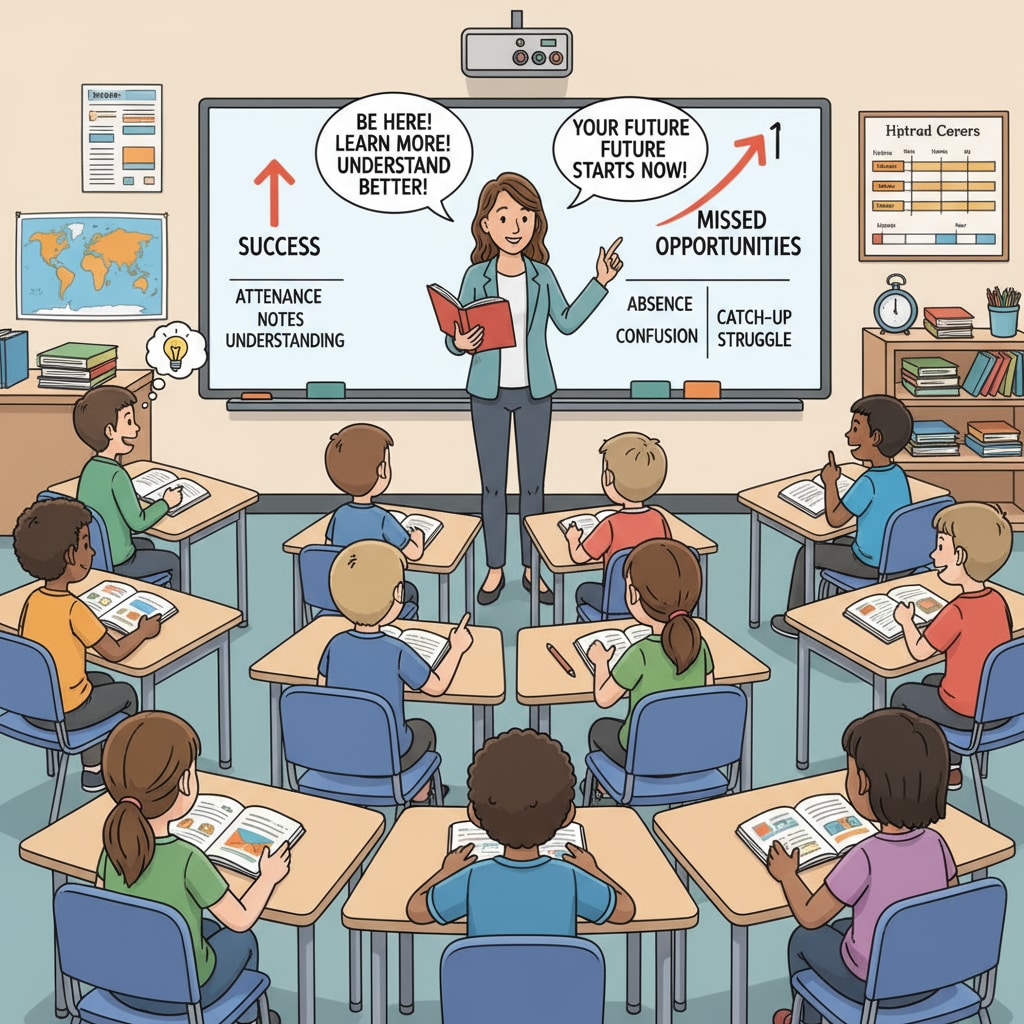Lecture attendance, concentration, and time management are crucial aspects for K12 students when it comes to deciding between classroom engagement and self-directed learning. In the K12 educational journey, students often grapple with how to make the most of their learning time. Traditional classrooms have long been the cornerstone of education, but self-directed learning is emerging as a powerful complement.

The Value of Classroom Attendance
Attending lectures in the classroom offers numerous benefits. Firstly, it provides immediate access to expert knowledge. Teachers are trained professionals who can explain complex concepts clearly. For example, in a science class, a teacher can demonstrate experiments in real-time, making it easier for students to understand the principles involved. Secondly, classroom interaction is invaluable. Students can ask questions, engage in discussions, and learn from their peers’ perspectives. According to Education.com, this interaction enhances critical thinking skills. Additionally, being physically present in the classroom helps students develop a sense of discipline and routine, which is essential for time management.

The Power of Self-Directed Learning
On the other hand, self-directed learning allows students to take control of their learning pace. They can focus on areas that interest them the most or need more attention. For instance, a student passionate about history can delve deeper into specific historical periods at their own speed. Self-directed learning also promotes independence and responsibility. As stated by Psychology Today, it helps students develop skills such as self-motivation and self-regulation. Moreover, with the abundance of online resources available, students can access a wealth of information beyond what is covered in the classroom.
However, self-directed learning comes with its challenges. Without the structure of a classroom, students may struggle with concentration and time management. It requires strong self-discipline to stay focused and allocate appropriate time to different tasks.
Readability guidance: In this section, we have used short paragraphs to present the benefits and challenges of self-directed learning clearly. We’ve also incorporated external links to provide more in-depth information. The lists help organize the key points, making it easier for readers to understand.
Enhancing Concentration in Different Learning Environments
Whether in a classroom or engaging in self-directed learning, concentration is key. In the classroom, students can improve concentration by sitting in a good position, away from distractions. Taking notes actively also helps keep the mind engaged. For self-directed learning, creating a dedicated study space, free from noise and digital distractions, is essential. Setting clear goals and breaks can also enhance focus. For example, a student can set a goal to study a particular topic for 30 minutes and then take a 5-minute break.
Effective Time Management for K12 Students
Time management is vital for K12 students to balance classroom and self-directed learning. They should create a schedule that allocates time for attending lectures, doing homework, and engaging in self-directed study. Prioritizing tasks based on importance and urgency is crucial. For example, if an assignment is due soon, it should be given higher priority. Additionally, students can use tools like calendars and to-do lists to stay organized. This way, they can make the most of their time and ensure they don’t miss out on any learning opportunities.
In conclusion, K12 students need to find a balance between classroom participation and self-directed learning, taking into account lecture attendance, concentration, and time management. By understanding the value of both approaches and implementing effective strategies, they can become more autonomous and efficient learners, setting a strong foundation for their future academic and life success.


